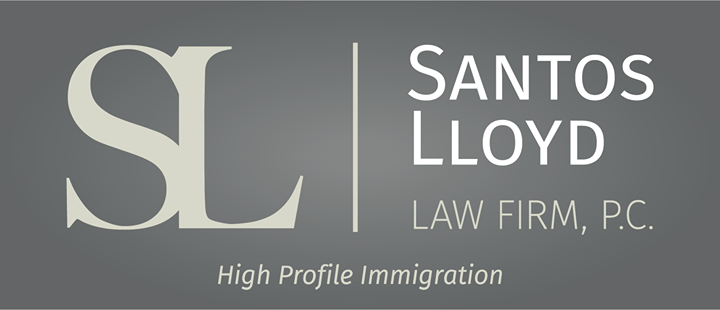2. Basado en el empleo
Para aquellos que tienen o tendrán un empleo dentro de los Estados Unidos. Se aplica lo siguiente:
- Transferencia de Visa H-1B a Tarjeta Verde
Una vez que tenga una visa H-1B válida, su empleador debe presentar ante el Departamento de Trabajo de los Estados Unidos (DOL) una Certificación Laboral Permanente (PERM). El empleador debe demostrarle al DOL que no pudo encontrar un ciudadano estadounidense calificado para el puesto de trabajo. Hay varios pasos para que el empleador satisfaga este criterio, que incluye intentos reales de reclutar ciudadanos estadounidenses para el puesto y anuncios publicados para el puesto dirigidos a ciudadanos estadounidenses.
- Visa EB-1 para Trabajadores Prioritarios. Esto incluye:
o Profesores académicos e investigadores excepcionales
o Gerentes y ejecutivos excepcionales
o Aquellos con habilidades excepcionales en los negocios, las artes, las ciencias, la educación o el atletismo
o Si se encuentra dentro de una de esas categorías, debe demostrarle a USCIS que está en la cima de su campo, según el cumplimiento de criterios específicos.
- Visa EB-2 para aquellos con títulos avanzados o habilidades excepcionales. Esto incluye:
o Aquellos con habilidades extraordinarias en el arte, los negocios y la ciencia.
Esto es similar a un EB-1, y los requisitos son menos estrictos. Sin embargo, el tiempo de procesamiento para un EB-2 puede ser mucho más largo, necesitará una certificación PERM a menos que pueda demostrarle a USCIS que renunciar al requisito sería de interés nacional (también conocido como Exención de interés nacional), y necesitará un empleador actual o potencial para patrocinar su solicitud.
o Aquellos con títulos avanzados (por ejemplo, Maestría o Doctorado)
o Médicos que servirán en áreas desatendidas en los Estados Unidos.
- Visa EB-3 para trabajadores calificados/profesionales. El tiempo de procesamiento puede llevar varios años. Al igual que el EB-2, necesita un empleador actual o potencial para patrocinar su solicitud. Esta visa se aplica a:
o Aquellos con títulos de licenciatura
o Trabajadores calificados con un mínimo de dos años de experiencia
o Trabajadores no calificados
- Visa EB-4 para inmigrantes especiales y trabajadores religiosos. Esta visa basada en el empleo se aplica a:
o Aquellos que trabajan para el gobierno de los Estados Unidos en el extranjero
o Locutores
o Traductores iraquíes/afganos
o Empleados de organizaciones internacionales sin fines de lucro
o Médicos
o Ciertos miembros activos y retirados de las fuerzas armadas y sus cónyuges e hijos
- Visa EB-5 para inversionistas. Esto incluye:
o Aquellos inversionistas que crearán un mínimo de 10 empleos de tiempo completo en los Estados Unidos e invertirán al menos $ 500,000 en la economía de los Estados Unidos.













